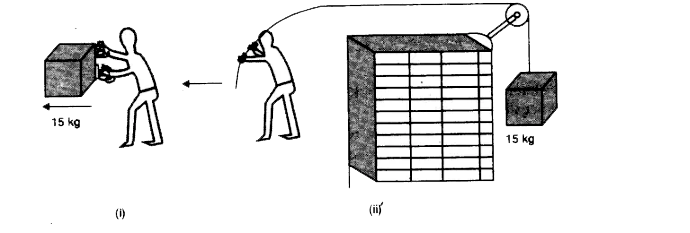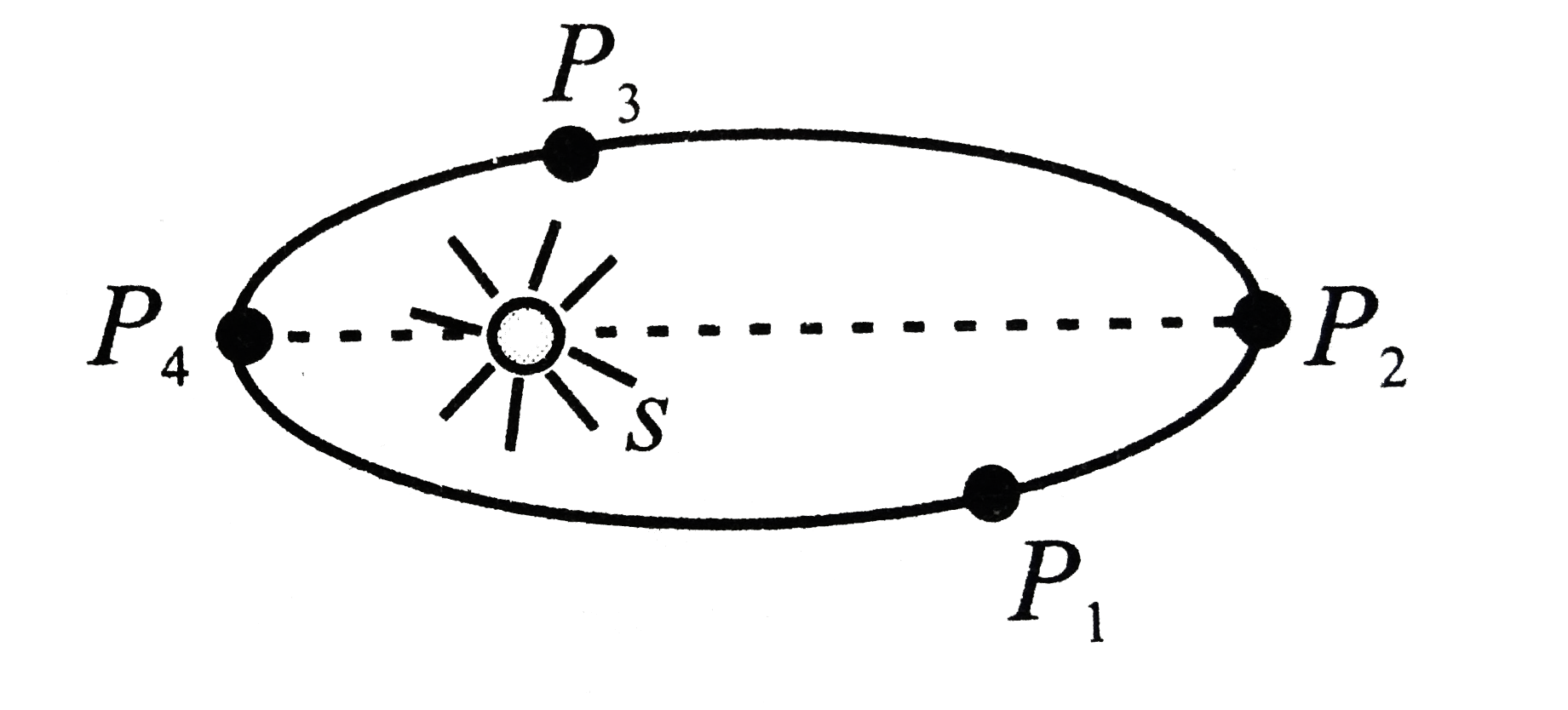Where is the Sun in relation to the comet's orbit?
To determine where the Sun is in relation to a comet's orbit, we can follow these steps:
1. Understanding Comet Orbits:
- Comets travel in elliptical orbits around the Sun. This means that their paths are elongated circles, not perfect circles.
2. Drawing the Diagram:
- To visualize this, draw a diagram. Start by placing a dot to represent the Sun.
- Next, draw an elongated oval shape around the Sun to represent the comet's orbit.
3. Identifying the Sun's Position:
- In the diagram, note that the Sun is located at one of the foci of the ellipse.
- For our illustration, let's say the Sun is positioned on the left side of the orbit.
4. Understanding Perihelion and Aphelion:
- The point in the comet's orbit where it is closest to the Sun is called perihelion, and the point where it is farthest is called aphelion.
- Comets can spend long periods away from the Sun, traveling far into the solar system before returning.
5. Conclusion:
- The Sun is located at one focus of the comet's elliptical orbit, which is typically on the left side of the orbit in our diagram.
Final Answer:
The Sun is located at one of the foci of the comet's elliptical orbit, specifically on the left side of the orbit.
---
- Comets travel in elliptical orbits around the Sun. This means that their paths are elongated circles, not perfect circles.
- To visualize this, draw a diagram. Start by placing a dot to represent the Sun.
- Next, draw an elongated oval shape around the Sun to represent the comet's orbit.
- In the diagram, note that the Sun is located at one of the foci of the ellipse.
- For our illustration, let's say the Sun is positioned on the left side of the orbit.
- The point in the comet's orbit where it is closest to the Sun is called perihelion, and the point where it is farthest is called aphelion.
- Comets can spend long periods away from the Sun, traveling far into the solar system before returning.
- The Sun is located at one focus of the comet's elliptical orbit, which is typically on the left side of the orbit in our diagram.
The Sun is located at one of the foci of the comet's elliptical orbit, specifically on the left side of the orbit.
Similar Questions
Answer the following:
a) The casing of a rocket in flight burns up due to friction. At whose expense is the heat required for burning obtained? The rocket or the atmosphere?
b) Comets move around the sun in highly elliptical orbits. The gravitational force on the comet due to the sun is not normal to the comet's velocity in general. Yet the work done by the gravitatonal force over every complete orbit of the comet is zero. Why?
c) An artificial satellite orbiting the earth in very atmosphere loses its energy grdually due to dissipation against atmospheric resistance, howerver small. Why then does its speed increase progressively as it comes closer and closer tothe earth? d)In fig i) the man walks 2m carrying a mass of 15 kg on his hands. In Fig ii) he walks the same distance pulling the rope behind him. The rope goes over pulley, and a mass of 15 kg hangs at its other end. In which case is the work done greater?

View SolutionA comet that was seen in April 574 by Chinese astronomers on a day known by them as the Woo Woo day was spotted again in May 1994. Assume the time between observations is the period of the Woo Woo day comet and its eccentricity is 0.9932. What are (a) the semimajor axis of the comet's orbit and (b) its greatest distance from the Sun in terms of the mean orbital radius Rp of Pluto?
View Solution
Knowledge Check
A comet is in highly elliptical orbit around the Sun. The period of the comet's orbit is 90 days. Some statements are given regarding the collision between the comet and the earth. Mark the correct statement. [Mass of the Sun =2×1030kg, mean distance between the earth and the Sun =1.5×1011m.]
ACollision is there.BCollision is not possibleCCollision may or may not be thereDEnough information is not givenStatement-1:Comets move around the sun in elliptical orbits, the gravitational force on the comet due to sun is not normal to the comet's velocity, but the work done by the gravitational force over every complete orbit of the comet is zero.
Statement-2: Gravitational force is a conservative force and the work done by a conservative force over a closed path is always zero.AStatement-1 is true, statement-2 is true, Statement-2 is a correct explanation for statement-1.BStatement-1 is true, Statement-2 is true, statement-2 is Not a correct explanation for statement-1CStatement-1 is true, Statement-2 is false.DStatement-1 is false Statement-2 is True.Where is Sun Temple Located
AKonarkBSambalpurCRourkelaDBelgam
What is the shape of a comet's orbit?
View SolutionWhat are comets?
View SolutionFigure showns a planet in an elliptical orbit around the sun S. Where is the kinetic energy of the planet maximum?

View SolutionStatement-1:Comets move around the sun in elliptical orbits, the gravitational force on the comet due to sun is not normal to the comet's velocity, but the work done by the gravitational force over every complete orbit of the comet is zero.
Statement-2: Gravitational force is a conservative force and the work done by a conservative force over a closed path is always zero.
View SolutionFigure shows a planet in an elliptical orbit around the Sun S. Where is the kinetic energy of the planet maximum?

View Solution
